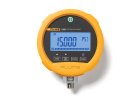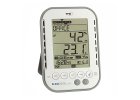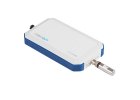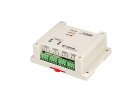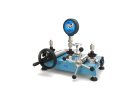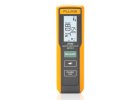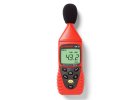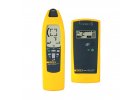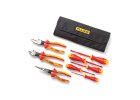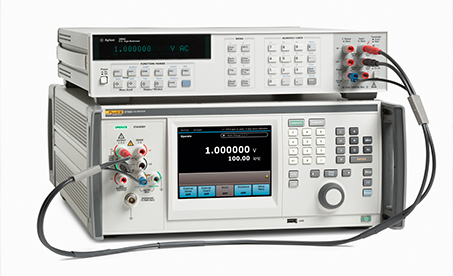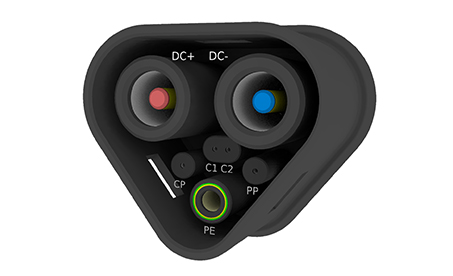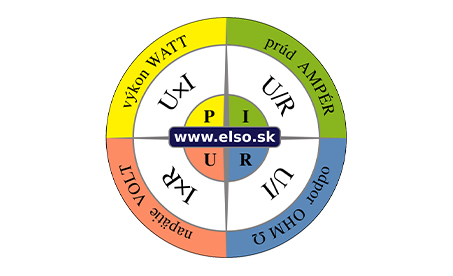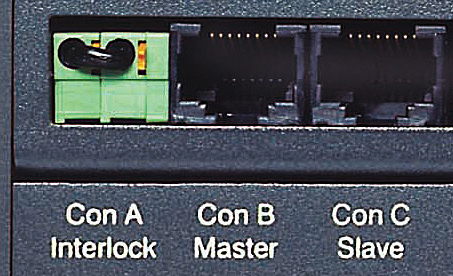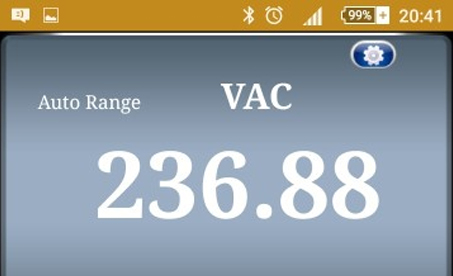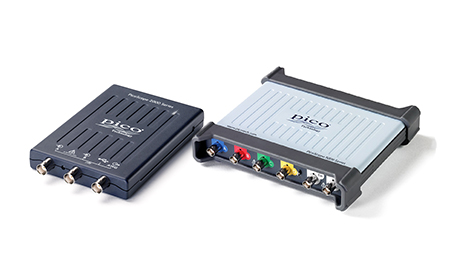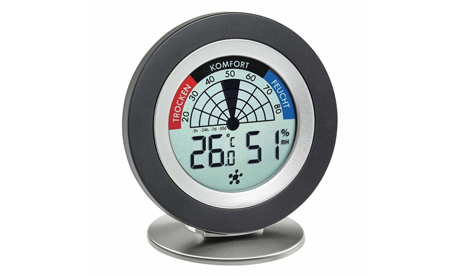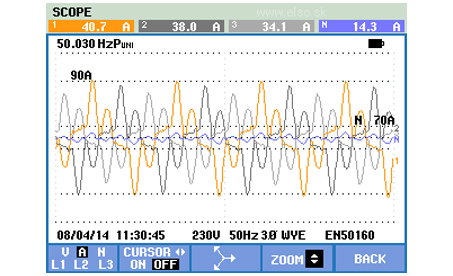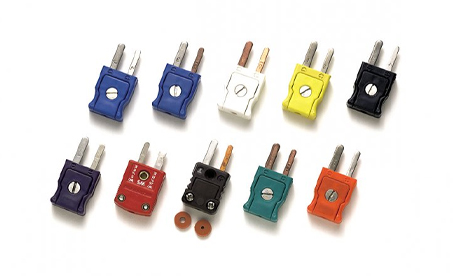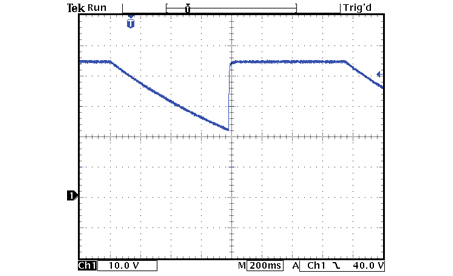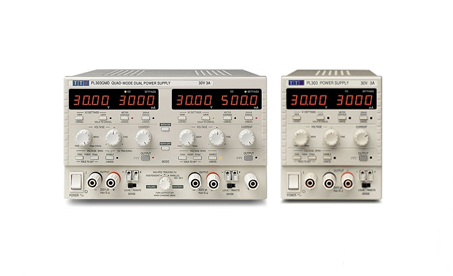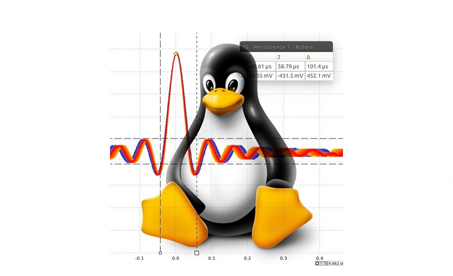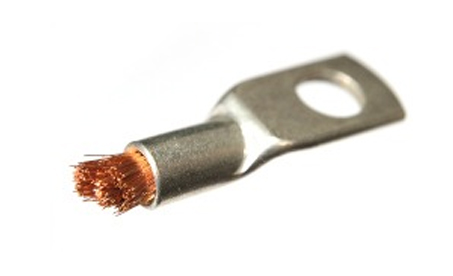Popis produktu
During transportation, each reference module remains powered either from its internal battery pack or from a 12-Volt DC supply (e.g. vehicle cigar lighter socket).
- The Most Stable DC Voltage Transfer System Available
- Predictability to 0.15 ppm
- Better than 1 part in 108 Noise Performance
- Accepts 4 or 10 Model 7000 References
- 10-Volt Average Output for Traceability Import/Export
- Suitable for Unpowered Transportation
| Between 4 and 10 reference modules
Each Nanoscan system consists of one or more Model 7000 solid-state zener reference modules that plug into a mainframe chassis. The 10-Volt ouputs from these modules are routed via an analog signal backplane to the Nanoscan module where they are averaged to produce an ultra low-noise hardware Average 10 Volt output.
High sensitivity null detector
The Nanoscan module also contains a high-sensitivity (0.01ppm resolution) null detector that compares individual 10-Volt reference outputs with the Average output, enabling you to verify the stability of each reference to a very high confidence level. Individual references can also be switched in and out of the hardware average to evaluate their overall contribution.
Simple integration of external reference standards
In addition to intercomparing individual internalreferences to the system average, the null detector can also be used to measure external reference standard, providing an easy method of importing or exporting traceability from the Nanoscan system.
10-Volt Average, Buffered 10-Volt Average and Average 1.018-Volt Outputs
The Nanoscan module also generates a buffered 10V output to drive resistive loads such as Kelvin Varley dividers, and a 1.018V output for comparison with Weston cells.
Automatic intercomparison using 7050 volt maintenance software
Although the Nanoscan can be driven manually via its front panel controls, the full benefits of process automation is achieved when you use it with the 7050 Volt Maintenance Software. This software, which runs under WindowsTM95 or NT, enables you to initiate scan sequences and log all the results into an ExcelTM spreadsheet for later analysis.
|
|
 |
|
 |

| Calibration Instruments > DC/LF Electrical Calibration > Standards > |
 |
| 7004N/7010N |
 |
| 10V Output |
| Stability |
| 7004N: |
90 days: 0.8ppm |
|
1 year: 1.2ppm |
| 7010N: |
90 days: 0.7ppm |
|
1 year: 1.0ppm |
|
| Predictability |
| 7004N: |
±0.2 ppm/year typicalAfter 5 points, 3 mo. apart |
| 7010N |
±0.1 ppm/year typical |
|
After 5 points, 3 months apart |
|
| Temperature Coefficient (15 - 35°C) |
| 7004N: |
< 0.03 ppm/° |
| 7010N: |
< 0.02 ppm/° |
|
| Noise (rms) |
| 7004N: |
0.05 to 10Hz: < 0.05 ppm RMS |
|
Standard deviation of 90 day regression: < 0.06 ppm |
| 7010N: |
0.01 to 10Hz: < 0.03 ppm RMS |
|
Standard deviation of 90 day regression: < 0.04 ppm |
|
| Hysteresis recovery |
| 7004N: |
< 0.1 ppm (after conditioning cycle and battery discharge) |
| 7010N: |
< 0.07 ppm |
|
(after battery discharge) |
|
| Output Resistance |
|
7004N/7010N: 500/n Ohm |
|
Where n = number of modules fitted |
|
| 10V 4 wire Output (relative to Average) |
| Offset |
|
| Output Current |
|
| Load Regulation |
| Zero to 2mA: |
< 0.1 ppm |
| 2mA to 12mA: |
< 0.5 ppm |
|
| External Standard Input |
| Range: |
+9.990 to +10.010V |
| Input Impedance: |
100 Mohm + 10pF (typic |
|
| Null Detector |
| Range |
|
| Measurement Errors |
| Chan. to Average: |
± 0.3% of difference |
| Chan.to out of Average: |
± 0.1% of difference |
| External Standard: |
± 0.001% |
| Chan. to Chan.: |
± 0.1 µV |
|
| Oven Temperature Monitor |
| Accuracy: |
± 3°C |
| Stability/Repeatability: |
: ± 0.1°C/year |
|
| Battery |
| Type |
|
| Backup Period |
|
16 hrs from fully charged |
|
| Recharge time (typical) |
|
| Half Life |
|
| Environment |
| Temperature |
| Operating: |
+15°C to 35°C |
| Transit: |
-18°C to 45°C |
| Warm-up period: |
20 min to ±0.2 ppm 2 hours to final value |
|
| General Specifications |
| Power, battery life |
|
| 12V DC Connection |
|
| Dimensions |
| 7004N: |
133 x 449 x 355 mm |
|
(5.24 x 17.68 x 13.19 inch) |
| 7010N |
265 x 449 x 355 mm |
|
(10.43 x 17.68 x 13.19 inch) |
|
| Weight |
| 7004N: |
9.6kg (21.2Ibs) |
| 7010N: |
20kg (44.1Ibs) |
|
| Safety |
|
UL3111, CE marked |
|
EN61010-1-1:1993/A2:1995 |
|
CETL |
|
|
Zobrazit celý popis
Buďte prvý, kto napíše príspevok k tejto položke.




![]()


























